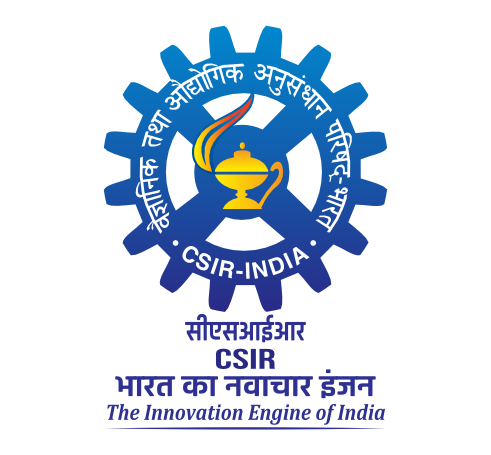Effects of silica on stored product pest, Sitophilus oryzae L. (Coleoptera: Curculionidae) and its residual impact on Triticum aestivum L. grain
Parthiban, Packirisamy and Baharani, Soren and Geetha, T. and Vivek Babu, C. S. and Ezil Vendan, S. (2025) Effects of silica on stored product pest, Sitophilus oryzae L. (Coleoptera: Curculionidae) and its residual impact on Triticum aestivum L. grain. Journal of Stored Products Research, 112. pp. 1-9.
|
PDF
1-s2.0-S0022474X25001237-main.pdf - Published Version Restricted to Registered users only Download (5MB) | Request a copy |
Abstract
Wheat (Triticum aestivum L.) is a crucial global staple crop. Still, post-harvest losses caused by insect pests, such as the rice weevil (Sitophilus oryzae L.), significantly compromise grain quality and storage. Conventional pest control methods, particularly chemical insecticides, pose environmental and health risks, highlighting the urgent need for safer alternatives. This study assessed the efficacy of silicon nanoparticles in controlling weevil in festations and investigated their residual and physicochemical effects on wheat grains. Laboratory experiments were conducted using silicon powder at various concentrations, with untreated grains as control. Over 15 days, mortality rates, grain weight loss, and damage were recorded. The results demonstrated that higher concen trations of silicon, particularly 700 and 1000 ppm, achieved complete pest mortality within 5 days. Both weight loss and grain damage were significantly reduced at these concentrations, with the lowest rates observed at 0.50 % for weight loss and 0.44 % for damage at 1000 ppm. Additionally, the study examined the physicochemical properties of the silicon-treated grains, including moisture content, bulk density, porosity, and water uptake. The measurements were taken on the first day and again on the 180th day of storage. While storage-induced changes were noted in treated and untreated grains, no adverse impacts on grain quality were identified. Residual silicon analysis using scanning electron microscopy-energy dispersive X-ray spectroscopy confirmed effective removal following double washing, ensuring the treated grains comply with safety standards. In conclusion, the findings suggest silicon nanoparticles represent a promising, residue-free, and environmentally sustainable approach to post-harvest pest management, effectively preserving grain quality while mitigating pest-induced losses.
| Item Type: | Article |
|---|---|
| Uncontrolled Keywords: | Physico-chemical character, Residue, Rice weevil, SEM-EDAX Effect of silicon, Wheat |
| Subjects: | 600 Technology > 03 Agriculture > 05 Insect/Pest Control 600 Technology > 08 Food technology > 21 Cereals > 04 Wheat |
| Divisions: | Food Protectants and Infestation Control |
| Depositing User: | Somashekar K S |
| Date Deposited: | 24 Jun 2025 08:04 |
| Last Modified: | 24 Jun 2025 08:04 |
| URI: | http://ir.cftri.res.in/id/eprint/19551 |
Actions (login required)
 |
View Item |

